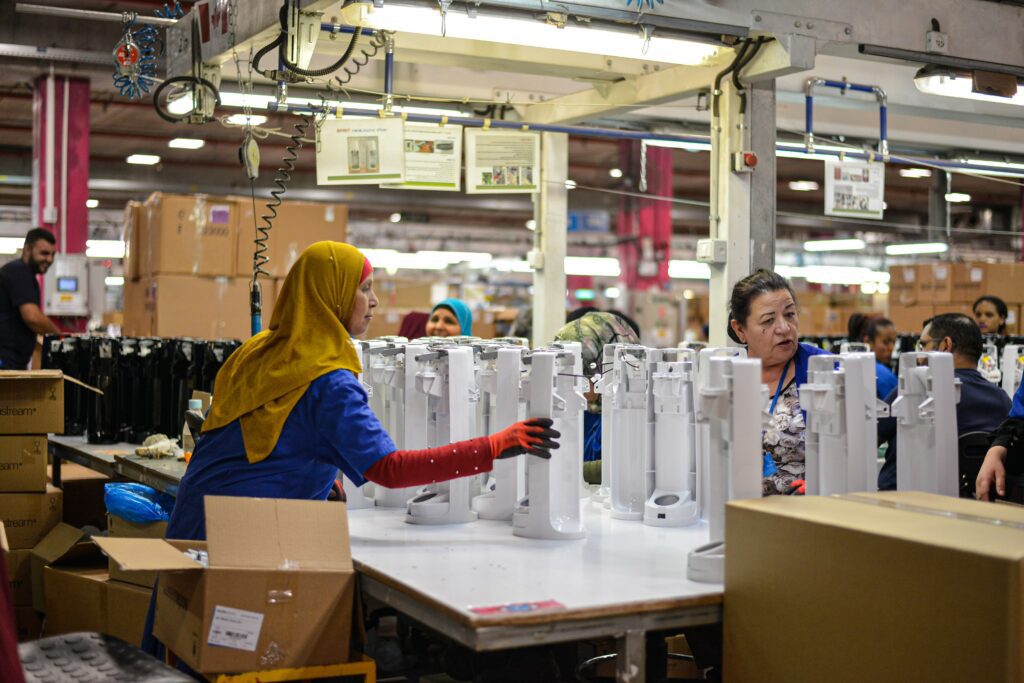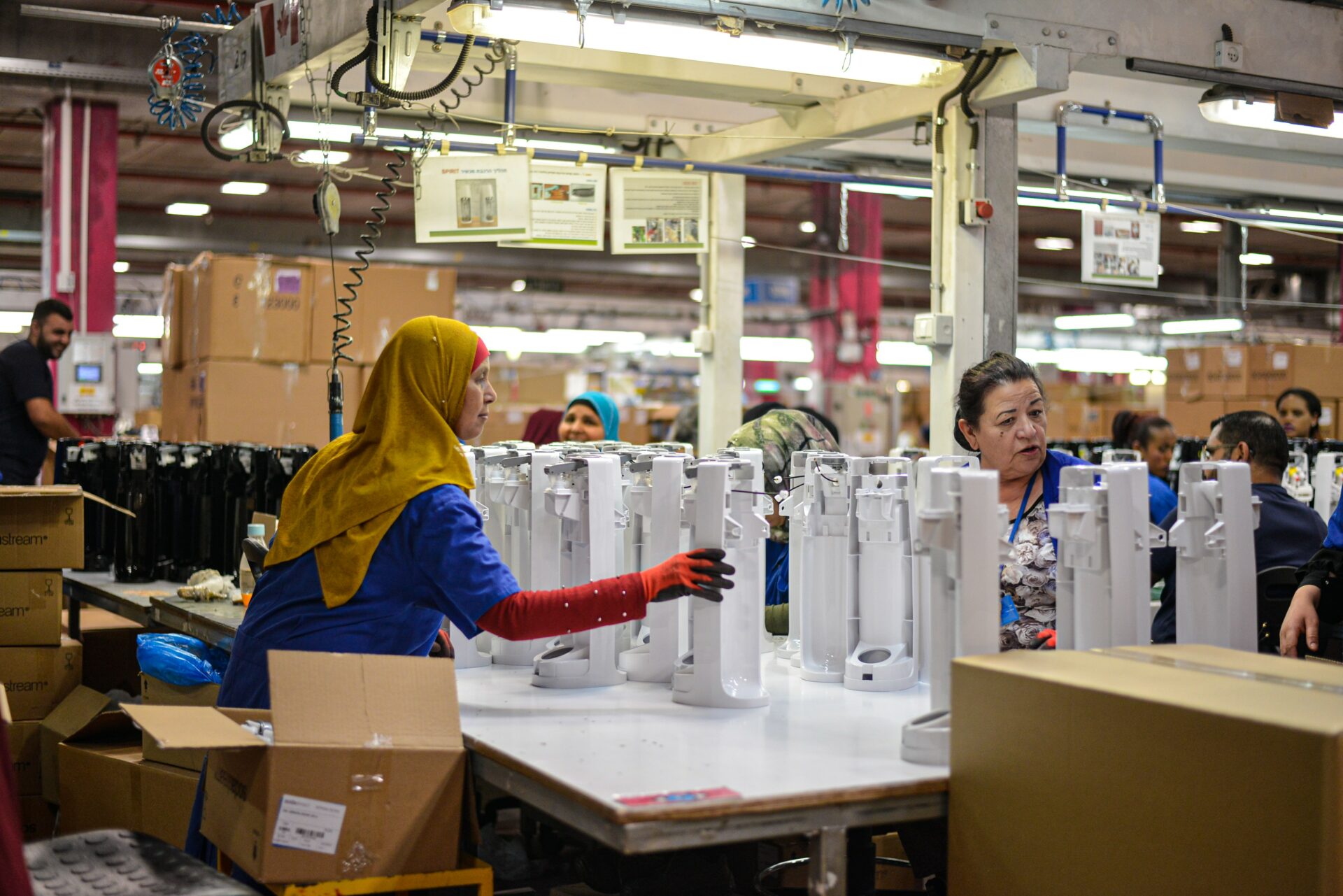
Are you running a business and are in need of funds? Have you faced problems getting a loan or line of credit? If so, an equipment sale and leaseback would be a good option for you. You can take advantage of an equipment sale and leaseback program to raise funds for your business.
This is a great way to improve your cash flow. At the same time, you don’t have to worry about credit rating and other such issues. Even if your credit is not so good, you can still get funds through an equipment leaseback. New businesses that find it difficult to raise funds would find this program a boon.
All you need is equipment in working condition. You can get money from this equipment. The sale and leaseback ensure the equipment will remain with you, so you can continue to use it for your business operations. Every month, you can pay a lease amount until the amount is repaid. This is a great program that is advantageous to businesses.
What is an Equipment Sale and Leaseback?
Every business would have various types of equipment. Manufacturing businesses would have machinery and equipment that are expensive. Even non-manufacturing businesses have various kinds of equipment, including IT equipment. They would have spent money to buy the equipment. The equipment would be valuable, and its value can be used to get funds.
In an equipment sale and leaseback, the business would pledge its equipment to get funds. A business would need funds for various reasons. They may want money for capital needs. They may need money for business expansion. Whatever is the reason, it is possible to get this money using the equipment they own.
They can sell the equipment to the lender who would then lease it back to them. This arrangement is very convenient. In fact, it is beneficial for both parties. Let’s see how the two parties benefit from this arrangement.
The business gets the money that it needs for its requirement. At the same time, they do not have to sell and give away the equipment. All that happens is instead of owning the equipment, they hold a lease on it. They can continue to use the equipment as before. Most importantly, they have the funds they need for their business. They need to repay the lender through monthly lease payments that are considerably lesser than bank loan payments.
The lender is also benefitted from this arrangement. They are the owners of the equipment that has been leased. They will also get monthly lease payments that cover the amount given with interest. The loan they have given is secured by the equipment. In case, the business defaults the lender can repossess and sell the equipment to recover their money.
The Advantages of the Equipment Sale and Leaseback Program
As seen above, there are plenty of advantages for a business when they avail of the equipment sale and leaseback program. These advantages explain why a business should utilize this program to raise funds.
- As the name itself suggests, this is a sale and leaseback program. The first part of this is the sale where you sell the equipment to the lender and receive the money you need. The second part is the leaseback where the equipment is leased back to you. The net result is that the equipment remains with you. This is beneficial since the equipment does not leave your premises.
- Even though you have pledged the equipment, and you are no longer the owner, it remains with you. The equipment can be used for all your business operations just as you used to do before. This is the biggest advantage of this arrangement. The equipment is not owned by you, but you can continue to use it.
- When you need money for your business operations, this program can be very helpful in arranging funds. The other options are a loan or line of credit. Getting a loan is not so easy. Your business needs to have a good credit history to get the loan. Getting a line of credit calls for a good relationship with the bank or finance company. Without meeting these requirements, you cannot get financing. This is where the equipment sale and leaseback program is beneficial. It helps you get financing easily without worrying about credit history and other such factors.
- The program is more beneficial than a loan or line of credit. You get more time to repay the money. The per month payment is much lesser than that of a bank loan.
- A key advantage of this program is that it allows you to manage your cash flow easily. You can get the funds needed for your expansion or any other requirement. Once you use the funds, you would be able to increase your earnings. Some of this can be used to pay the monthly lease payment.
- You can get tax benefits when you opt for the leaseback program. The lease payment made every month would be considered as operating expenses. You can get a tax deduction on this amount.
- When you opt for this program, you are reducing your risk. The equipment is now the responsibility of the lender. Once the lease term is over or once the equipment is no longer needed the lessor is responsible for its disposal.
- When you opt for this program, you would be working with a lender that is experienced. Their experience will help you in ensuring the lease is handled professionally.
While there are many advantages of this program, there are a few disadvantages or limitations. You need to know about them:
- While the equipment is in your control, you are only the lessee. You do not own the equipment.
- You need to take care to ensure you make the monthly payments on time. If you face problems and fail with the payments, the lender can repossess and sell the equipment, putting you in trouble.
When you compare the advantages and disadvantages of this program, you will find that the advantages outweigh the disadvantages. This program is significantly helpful since you can raise funds quickly and easily. The best part is even though you use your equipment for the program, you retain it with you and can continue to use it. This is why businesses should take advantage of the equipment sale and leaseback program to get funds.
How does the Equipment Sale and Leaseback Program Work?
If you want to take advantage of the equipment sale and leaseback program, then you need to find a lender to work with. The lender can be a bank or any other finance company. The best option would be to approach a bank/institution with whom you already have a good relationship. It makes the process smoother since they already know you.
The following explains how you can take advantage of the equipment sale and leaseback program:
- Contact various lenders and talk to them about how their program works. Discuss and negotiate the terms of the program. In particular, you need to try and get a good interest rate, so the monthly payment is reduced. Also, try to choose a longer term, so the monthly payment is reduced.
- At this point, you need to decide the lease type. You can opt for a capital lease or operating lease. Discuss with your accountant to see which of these two types of leases would be beneficial.
- The valuation of the equipment is done based on its liquidation value (value obtained by selling off the equipment). You will not get a loan equal to the value but will get only 50% of it.
- The lender would also evaluate the equipment to find out if it is in good condition. If the equipment is old or not in good condition, the lender may not be interested to get in this arrangement. Equipment available in small parts also would not be acceptable.
- Some lenders may want to assess the financial condition of the business. They would do it to satisfy themselves that the business can pay the lease amount every month.
- Understand what happens to the equipment once the lease is over. Will it return to the lender or do you have an option to buy it back? If you opt for the capital lease, you may be able to get back ownership of your equipment.
- Go ahead and sign the agreement. The sale and leaseback come into effect from the date of the agreement. You are now not the owner of the equipment but the lessee. The lender is the lessor and will lend you the amount you need.
- Every month, you need to make the lease payment and continue to do so until the expiry of the lease.
- On lease expiry, there are different options that are available. These would have been already addressed in the leaseback agreement. The options are:
- You can renew the lease and continue the same arrangement.
- The equipment is returned to the lender who is its owner.
- You can take control of the equipment if it is a capital lease.
- You can also get an option to buy back the equipment.
